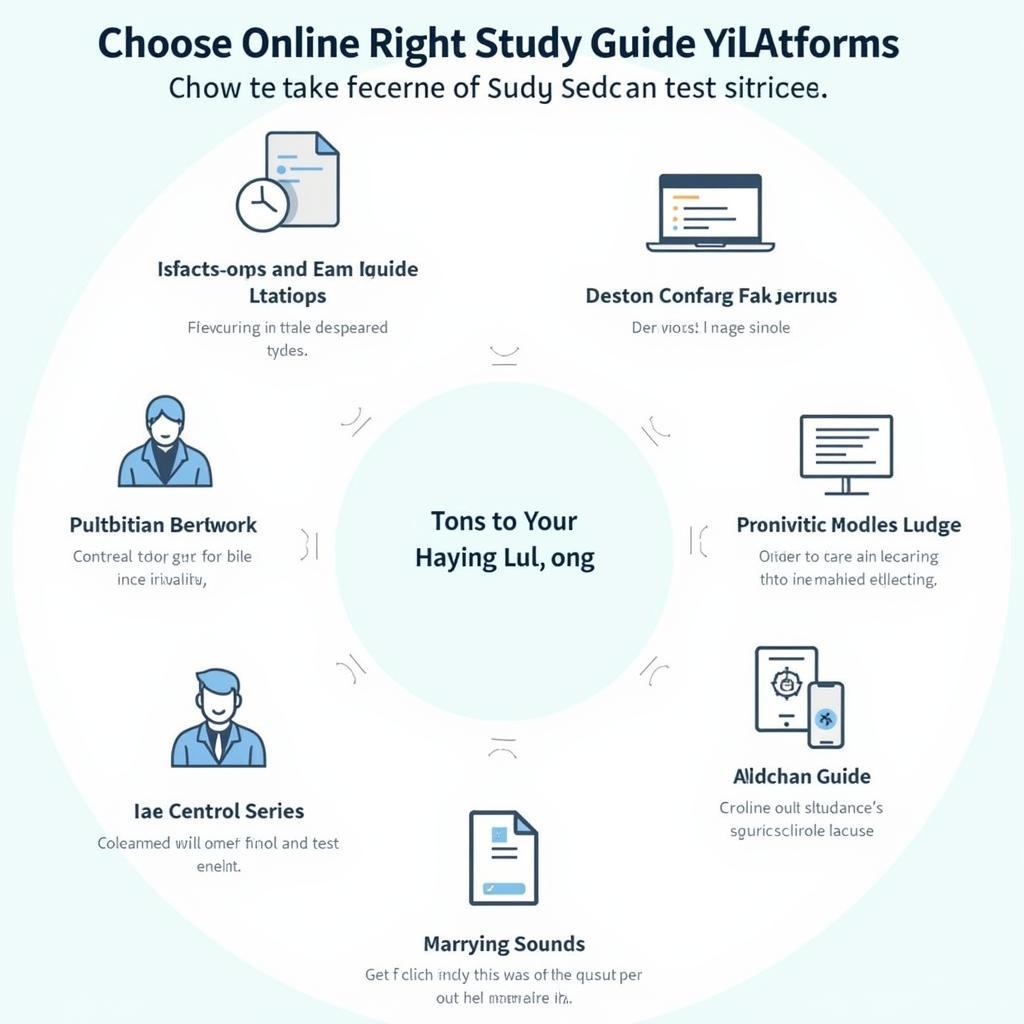Southeast Asia’s vibrant economies present a complex tapestry of opportunities and challenges. Understanding the Advantages And Disadvantages Of Asean Countries is crucial for anyone looking to invest, work, or simply learn more about this dynamic region. This article delves into the diverse landscape of ASEAN, exploring the pros and cons that shape its member states.
ASEAN’s diverse economies offer a range of opportunities, from burgeoning manufacturing sectors to thriving tourism industries. However, navigating these diverse landscapes also presents challenges, requiring a nuanced understanding of each nation’s unique advantages and disadvantages. For example, while some countries boast low labor costs, others grapple with infrastructure limitations. This intricate interplay of strengths and weaknesses defines the ASEAN economic landscape.
Economic Opportunities and Challenges within ASEAN
The advantages and disadvantages of ASEAN countries are often intertwined, creating a dynamic and ever-evolving economic landscape. Lower labor costs in countries like Vietnam and Cambodia attract foreign investment, fueling manufacturing and export growth. However, these countries may face challenges in developing skilled labor and improving infrastructure. Meanwhile, Singapore and Malaysia, with their advanced infrastructure and skilled workforce, attract high-tech industries but face higher labor costs.
Navigating the Complexities of ASEAN Integration
ASEAN integration aims to create a single market and production base, facilitating the free flow of goods, services, investment, and skilled labor. This has opened up significant opportunities for businesses, but also presents challenges. While integration promotes regional competitiveness, it can also exacerbate existing inequalities between member states. Moreover, navigating the diverse regulatory environments and varying levels of development within ASEAN requires careful planning and adaptation.
Social and Political Landscape of ASEAN Nations
The advantages and disadvantages of ASEAN countries extend beyond the economic realm. While the region boasts a rich cultural heritage and a young, dynamic population, it also faces social and political challenges. Issues such as income inequality, corruption, and political instability can hinder development and create uncertainty for investors. Furthermore, differing political systems and levels of democratic development add another layer of complexity to the ASEAN landscape. You can learn more about the political dynamics at asean anti terrorism.
How Does Cambodia Fit into the ASEAN Picture?
Cambodia’s entry into ASEAN brought both advantages and disadvantages. You can explore this in detail at advantages and disadvantages of cambodia joining asean. For a comparison between APAC and ASEAN, see apac vs asean. The advantages and disadvantages of ASEAN integration as of 2015 are explored in advantages and disadvantages of asean integration 2015. Finally, for an unrelated but potentially interesting topic, there’s information available on asea net mexico.
Conclusion
Understanding the advantages and disadvantages of ASEAN countries is essential for anyone engaging with this dynamic region. While the region offers tremendous opportunities, navigating its complexities requires careful consideration of each nation’s unique strengths and weaknesses. By acknowledging both the advantages and disadvantages, businesses and individuals can make informed decisions and contribute to the sustainable development of this vibrant community.
FAQ
- What are the key advantages of investing in ASEAN countries?
- What are the main challenges faced by businesses operating in ASEAN?
- How does ASEAN integration impact individual member states?
- What are the social and political factors to consider when engaging with ASEAN?
- How can businesses mitigate the risks associated with operating in ASEAN?
- What are some examples of successful business ventures in ASEAN?
- What is the future outlook for ASEAN economic growth?
For support, please contact us at Phone: 0369020373, Email: aseanmediadirectory@gmail.com, or visit our address at Ngoc Lien Village, Hiep Hoa, Bac Giang, Vietnam. We have a 24/7 customer service team available.

